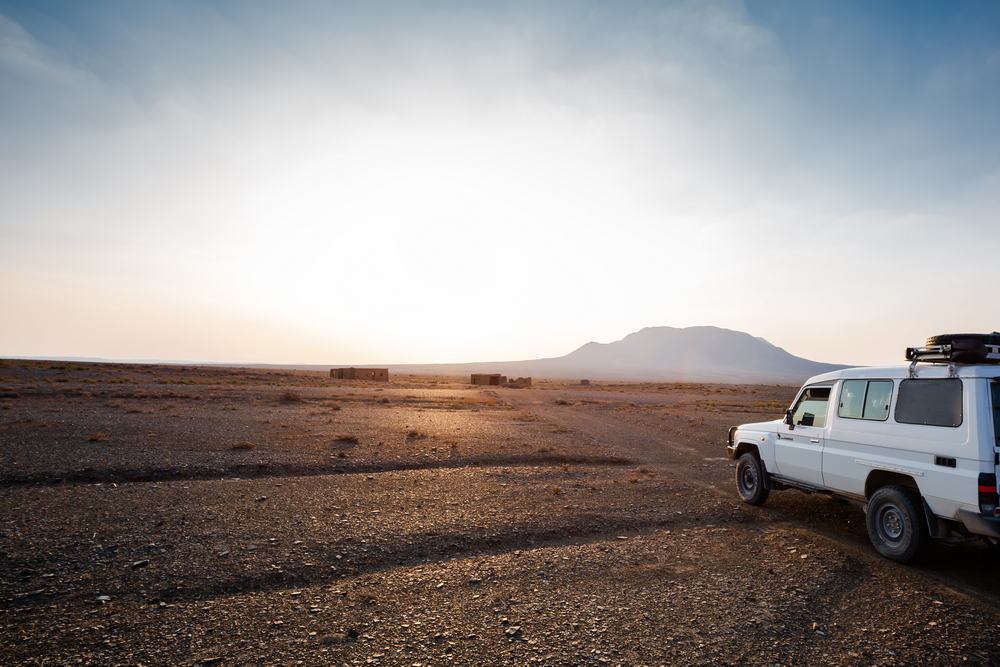
The safety and success of an overlanders trip rests heavily on the equipment they choose. You could say that equipment is everything to an overlander. Even something as simple as a tiedown can make a significant difference. The good news for overlanders is that there are a variety of tiedown options easily accessible at any hardware or department store.
Below is a description of each of the five types of tiedowns overlanders typically use. Having done some limited overlanding when I was younger, I do have my preferences. But full disclosure requires that I admit to having not done any overlanding in many years. So with that said, let us get to the tiedown options. They are listed in alphabetical order rather than any particular order of preference.
1. Bungee Cords
A lot of people think of bungee cords when they need to tie things down. Bungee cords are okay for a lot of needs around the house, but their use in overlanding is limited. Overlanders tend to use bungee cords for things like holding down tarps and securing lightweight items inside their vehicles.
The bungee cord’s biggest advantage is its flexibility. It can be stretched to fit. The tension created by stretching gives a bungee cord its holding power. But as tiedowns, they really are not appropriate for securing heavy loads – especially when those loads could shift.
2. Cam Straps
The cam strap is arguably the most popular tiedown among overlanders. This is a strap made of nylon webbing material. It boasts a metal cam buckle that makes securing the strap easy. There are lots of popular brands out there, including Rollercam.
It is important to note that cam straps and ratchet straps are not the same thing. The straps themselves are nearly identical in terms of material and construction, but they have different types of securement systems. Where a Rollercam cam strap is secured with a metal cam buckle, a ratchet strap is secured with a rachet.
Cam straps work extremely well for overlanders because they are strong, flexible, and able to stand up to all sorts of environmental influences. They can handle very heavy loads with little trouble at all.
3. Chains
It is hard for me to imagine what overlanders would use chains for. Nonetheless, some overlanders swear by them for securing the heaviest of loads. Chains are heavy duty tiedowns that can handle loads that are much too heavy for any other type of tiedown. I suppose you might choose chains if you were securing a second vehicle to a trailer being towed by your primary vehicle.
4. Ratchet Straps
As previously mentioned, ratchet straps differ from cam straps in how they are secured. But ratchet straps also tend to be thicker and stronger. Truckers use them to secure cargo to flatbed trailers. Overlanders might prefer ratchet straps to secure any heavy toys they might be taking with them. Securing a couple of ATVs to a trailer comes to mind.
5. Rope
Before there were ratchet straps, cam straps, and bungee cords, overlanders used a lot of rope. As a tiedown, the tried-and-true rope has served mankind for generations. Ropes are flexible and easily fed through openings you could never get a cam or ratchet strap through. Their main weakness is that they do not hold up to the elements as well as straps made of nylon webbing material.
No doubt every overlander has their preferred tiedowns. But the one thing they all have in common is the need to secure cargo and equipment for every journey. Otherwise, overlanding gets messy pretty quickly.
